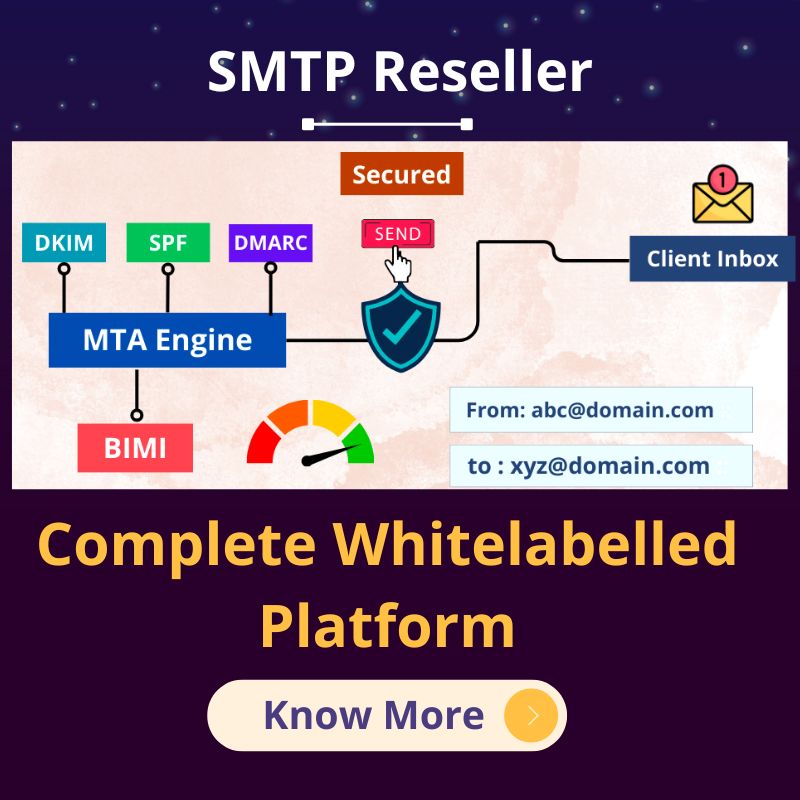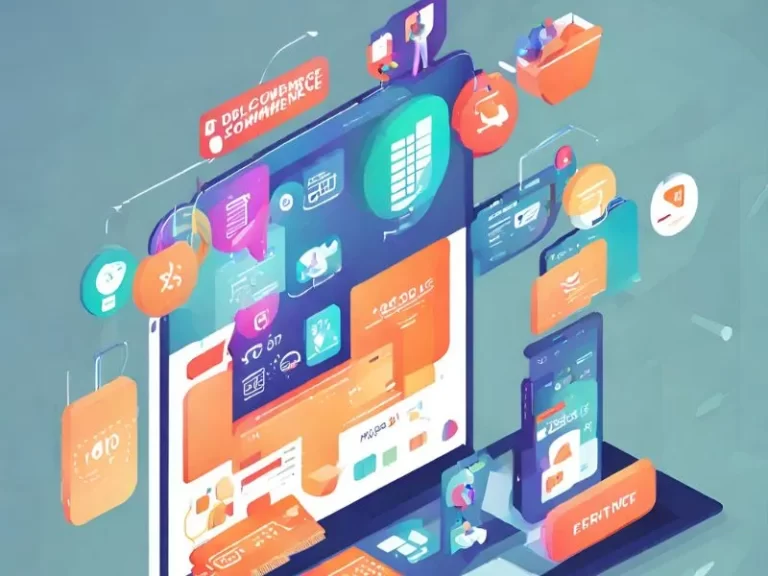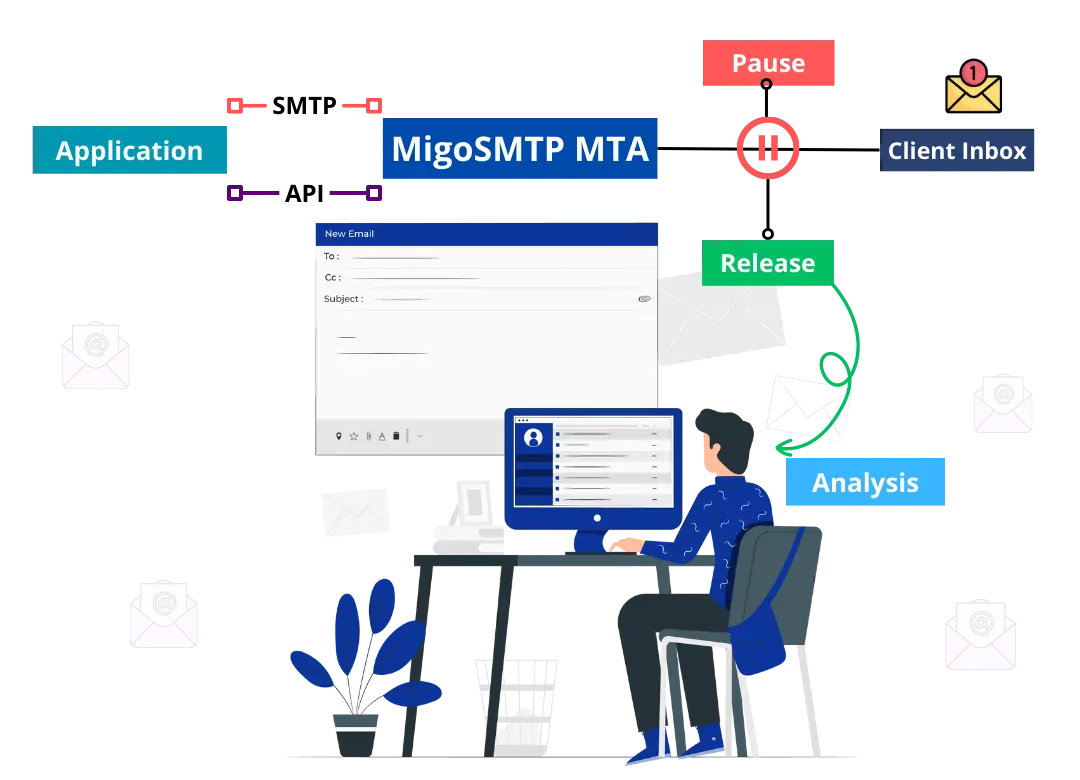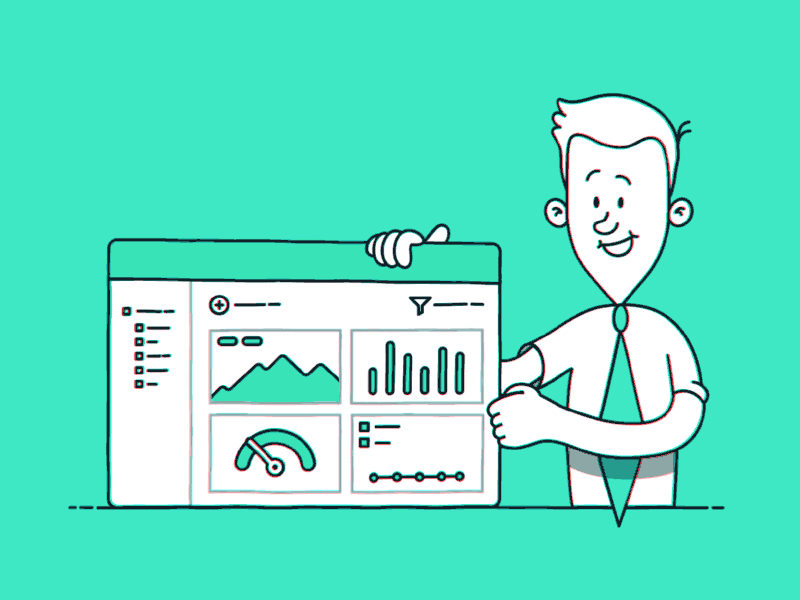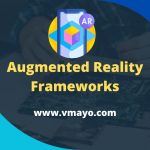With technology advancing at an astonishing pace, it’s no surprise that digital commerce is transforming the way we shop. In this era of convenience and instant gratification, people are turning to online platforms to fulfill their purchasing needs. From the comfort of their homes, they can browse through an endless array of products and make hassle-free purchases with just a few clicks.
The future of digital commerce holds exciting possibilities. With the rise of artificial intelligence and virtual reality, online shopping experiences are becoming more immersive and personalized than ever before. Imagine trying on clothes virtually, or exploring a virtual store with a digital assistant guiding you along the way. These innovations are revolutionizing the shopping experience, making it more interactive, convenient, and tailored to individual preferences.
Moreover, the integration of social commerce is blurring the lines between social media and e-commerce. Influencers and brands can now seamlessly connect with consumers, showcasing products in an authentic and engaging manner. This integration not only enhances the shopping experience but also helps build trust and brand loyalty.
In the realm of digital commerce, technology is the driving force behind constant innovation and new opportunities. As technology continues to advance, we can expect to see even more transformative changes in the way we shop. The future is bright for digital commerce, offering a world of limitless possibilities for consumers and businesses alike.
Trends and innovations in digital commerce
The current state of digital commerce is thriving, with online sales growing at a rapid pace year after year. Consumers are increasingly turning to online platforms to make their purchases, thanks to the convenience and ease they offer. E-commerce giants like Amazon have revolutionized the way we shop, providing a wide range of products, competitive prices, and fast delivery options. Traditional brick-and-mortar retailers have also embraced digital commerce, establishing their online presence to cater to the growing demand.
The COVID-19 pandemic further accelerated the growth of digital commerce. With lockdowns and social distancing measures in place, consumers had no choice but to rely on online shopping for their everyday needs. This sudden surge in online shopping forced businesses to adapt quickly, leading to innovations in delivery services, contactless payments, and virtual consultations.
However, despite the success and growth of digital commerce, there are still challenges that need to be addressed. One of the major concerns for consumers is the security of their personal and financial information. As more transactions take place online, the risk of data breaches and cyber-attacks increases. Businesses need to invest in robust security measures to protect their customers and build trust in the digital commerce ecosystem.
The impact of technology on the customer shopping experience
Digital commerce is constantly evolving, driven by technological advancements and changing consumer preferences. One of the key trends in recent years is the shift towards mobile commerce or m-commerce. With the widespread use of smartphones, consumers can now shop on the go, anytime and anywhere. Mobile apps and responsive websites provide a seamless shopping experience, with features like personalized recommendations, easy navigation, and secure payment options.
Another significant trend is the integration of social commerce into digital platforms. Social media platforms like Instagram, Facebook, and Pinterest have introduced shopping features that allow users to discover and purchase products without leaving the app. Influencers play a crucial role in social commerce, as they can showcase products to their followers in an authentic and engaging way. This form of marketing not only drives sales but also builds trust and brand loyalty among consumers.
Artificial intelligence (AI) and machine learning (ML) are also transforming the digital commerce landscape. AI-powered chatbots and virtual assistants provide personalized recommendations, answer customer queries, and assist with the purchase process. These intelligent systems use data analysis and algorithms to understand customer preferences and offer a tailored shopping experience. AI and ML also help businesses optimize their inventory management, pricing strategies, and marketing campaigns based on real-time data.
The rise of mobile commerce

Mobile-Commerce
Technology has had a profound impact on the customer shopping experience, making it more convenient, personalized, and interactive. Online platforms provide a vast selection of products, allowing customers to find exactly what they are looking for with ease. With features like filters, product reviews, and detailed descriptions, customers can make informed decisions and have a seamless shopping journey.
Personalization is a key aspect of the digital shopping experience. AI-powered recommendation engines analyze customer behavior and preferences to offer personalized product suggestions. This not only saves time for customers but also enhances their overall satisfaction. Customization is also gaining popularity, with businesses offering options for customers to personalize products according to their preferences.
Another major impact of technology is the ability to try products virtually. Virtual reality (VR) and augmented reality (AR) technologies allow customers to visualize products in a realistic way before making a purchase. For example, customers can virtually try on clothes, test furniture placement in their homes, or see how a new paint color would look on their walls. This reduces the need for returns and increases customer confidence in their purchase decisions.
The integration of social media and e-commerce has also revolutionized the shopping experience. Customers can now discover products through influencer recommendations, user-generated content, and social media ads. The ability to engage with brands and fellow customers in real-time creates a sense of community and enhances the overall shopping experience.
The role of artificial intelligence and machine learning in digital commerce
Mobile commerce, or m-commerce, has witnessed tremendous growth in recent years. With the increasing popularity of smartphones, consumers have the power to shop anytime and anywhere. Mobile apps and responsive websites provide a seamless user experience, allowing customers to browse through products, make purchases, and track their orders with ease.
The convenience of mobile commerce has led to a shift in consumer behavior. Customers now expect instant access to information, quick and secure payment options, and personalized recommendations. Businesses need to optimize their mobile platforms to deliver a user-friendly experience, ensuring that their websites and apps are fast, responsive, and easy to navigate.
In addition to traditional e-commerce platforms, mobile wallets have also gained popularity. Services like Apple Pay, Google Wallet, and PayPal allow customers to make secure payments using their smartphones. This eliminates the need for physical wallets and provides a seamless checkout experience.
Furthermore, mobile commerce has opened new avenues for businesses to engage with their customers. Push notifications, SMS marketing, and location-based offers allow businesses to reach their customers directly and provide personalized promotions. Mobile loyalty programs and rewards also incentivize customers to make repeat purchases and foster brand loyalty.
Personalization and customization in digital commerce
Artificial intelligence (AI) and machine learning (ML) are revolutionizing the digital commerce landscape. These technologies enable businesses to analyze vast amounts of data and make data-driven decisions to optimize various aspects of their operations.
AI-powered chatbots and virtual assistants provide personalized customer support, answering queries, and resolving issues in real-time. These intelligent systems use Natural Language Processing (NLP) algorithms to understand customer intent and provide relevant and accurate responses. This not only improves customer satisfaction but also reduces the need for human intervention, saving time and resources for businesses.
AI and ML also play a crucial role in personalizing the shopping experience. Recommendation engines analyze customer behavior, purchase history, and preferences to offer personalized product suggestions. These recommendations are based on patterns and trends identified through data analysis. By tailoring the shopping experience to individual preferences, businesses can increase customer satisfaction and drive sales.
Furthermore, AI and ML algorithms help businesses optimize their inventory management. By analyzing historical data and demand patterns, businesses can accurately forecast demand, optimize stock levels, and avoid overstocking or understocking. This improves operational efficiency and reduces costs.
Marketing campaigns can also benefit from AI and ML technologies. By analyzing customer data, businesses can identify target segments, personalize marketing messages, and optimize the timing and delivery channels for their campaigns. This ensures that marketing efforts are more effective and relevant to customers.
The importance of data analytics in digital commerce
Personalization and customization are becoming increasingly important in the digital commerce landscape. Customers expect tailored experiences that cater to their individual preferences and needs. By leveraging customer data and technology, businesses can deliver highly personalized shopping experiences.
One way businesses achieve personalization is through AI-powered recommendation engines. These engines analyze customer behavior, purchase history, and preferences to offer personalized product suggestions. By presenting customers with products they are likely to be interested in, businesses can increase conversion rates and drive sales. Personalization also extends to other aspects of the shopping journey, such as personalized offers, promotions, and content.
Customization is another form of personalization that is gaining popularity. Many businesses now offer customers the option to customize products according to their preferences. This could include choosing colors, sizes, materials, or adding personalized engravings. By allowing customers to create unique products, businesses can cater to individual tastes and increase customer satisfaction.
Moreover, customization can extend beyond the product itself. Businesses can offer customization options for packaging, gift messages, or delivery preferences. This attention to detail enhances the overall shopping experience and makes customers feel valued.
The future of digital commerce: virtual reality, augmented reality, and voice commerce
In the digital commerce landscape, data analytics plays a crucial role in driving business growth and success. By analyzing customer data, businesses can gain valuable insights into customer behavior, preferences, and purchase patterns. This data-driven approach allows businesses to make informed decisions and optimize various aspects of their operations.
One of the key benefits of data analytics is the ability to understand customer preferences and offer personalized experiences. By analyzing data from multiple touchpoints, businesses can create customer profiles and segment their audience. This enables targeted marketing campaigns, personalized product recommendations, and tailored promotions. By delivering relevant content and offers to customers, businesses can increase customer engagement and drive sales.
Data analytics also helps businesses optimize their inventory management. By analyzing historical data and demand patterns, businesses can accurately forecast demand and plan their inventory levels accordingly. This prevents overstocking or understocking, reduces costs, and improves operational efficiency.
Furthermore, data analytics enables businesses to measure the effectiveness of their marketing campaigns. By tracking key metrics such as click-through rates, conversion rates, and customer acquisition costs, businesses can identify which campaigns are performing well and which ones need improvement. This allows businesses to allocate their marketing budgets more effectively and optimize their marketing strategies.
Overall, data analytics provides businesses with actionable insights that drive growth and improve decision-making. By leveraging data effectively, businesses can stay ahead of the competition and meet the evolving needs of their customers.
Conclusion: Embracing the future of digital commerce
The future of digital commerce holds exciting possibilities with the integration of virtual reality (VR), augmented reality (AR), and voice commerce. These technologies are set to revolutionize the way we shop, offering immersive experiences and seamless interactions.
Virtual reality (VR) creates a completely immersive shopping experience by simulating a virtual environment. Customers can explore virtual stores, interact with products, and even try them on virtually. This technology allows customers to make informed purchase decisions, reduces the need for returns, and enhances customer satisfaction. In the future, we can expect to see more widespread adoption of VR in digital commerce, as the technology becomes more accessible and affordable.
Augmented reality (AR) overlays virtual elements onto the real world, creating interactive and engaging shopping experiences. Customers can visualize how products would look and fit in their real-life environments. For example, customers can see how a piece of furniture would look in their living room or test makeup products on their own faces. AR technology enhances the shopping experience by providing a realistic preview of products, increasing customer confidence in their purchase decisions.
Voice commerce is another emerging trend in digital commerce. With the rise of voice assistants like Amazon’s Alexa, Google Assistant, and Apple’s Siri, customers can now make purchases using voice commands. Voice commerce provides a hands-free and convenient shopping experience, allowing customers to order products, check product availability, and track their orders using natural language. As voice recognition technology improves, we can expect voice commerce to become more widespread, providing new opportunities for businesses to engage with their customers.
The future of digital commerce is bright, with technology driving constant innovation and new opportunities. As AI, VR, AR, and voice commerce continue to advance, we can expect the shopping experience to become even more immersive, convenient, and personalized. Businesses need to embrace these technologies and adapt to the changing landscape to stay competitive and meet the evolving needs of their customers.

